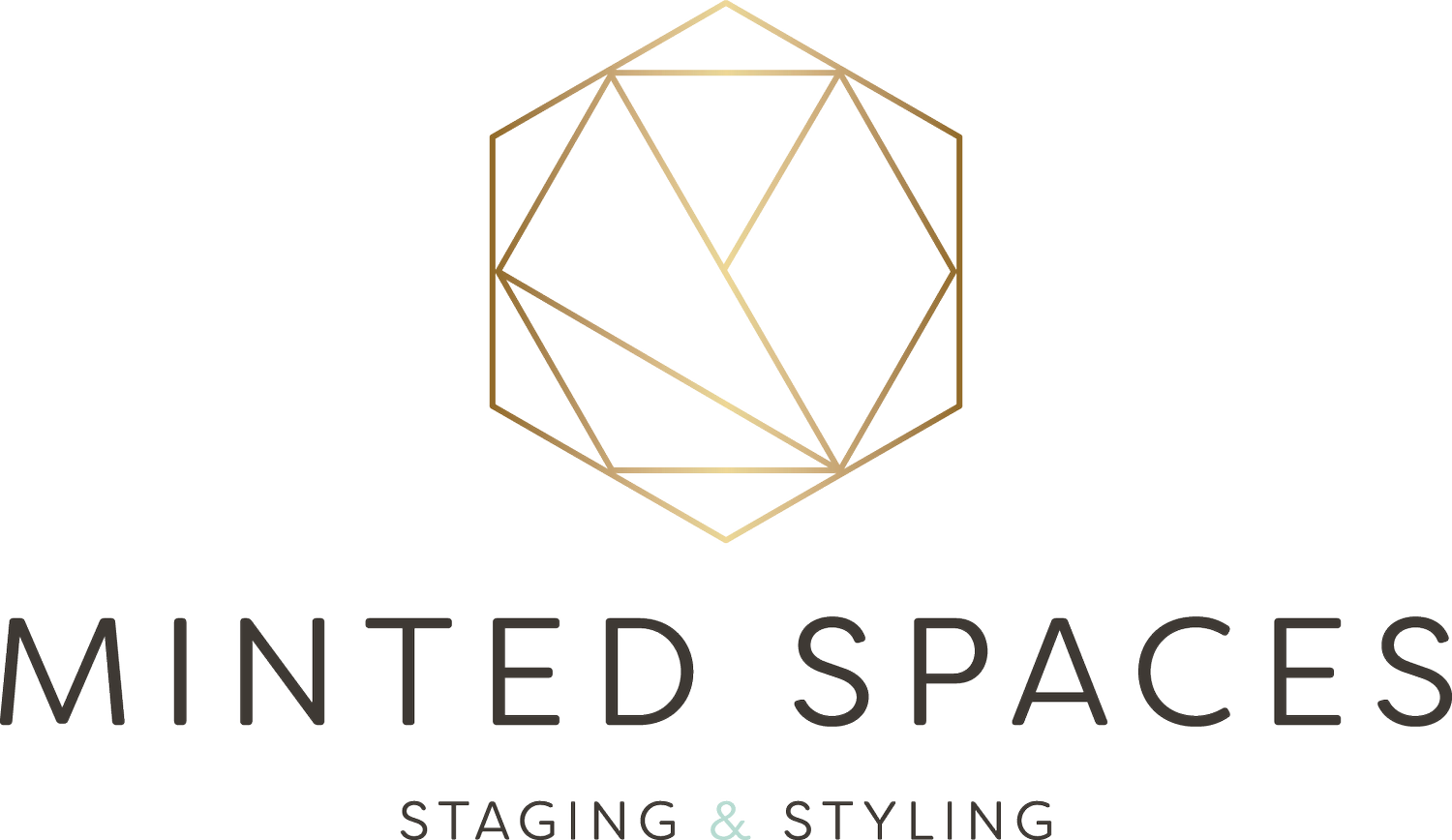Pros and Cons to Different Flooring Types
/When it comes to flooring, there are lots of different choices, each with their own benefits. Below, we’ll outline those benefits, and other things to consider, when choosing flooring for different rooms in your home.
Hardwood
Hardwood flooring is a durable option that can last for many many many years. Hardwood can be sanded and refinished multiple times, making it look new again. Wood planks come in a variety of widths, wood species, textures, and colors, making it easy to coordinate with your design. Different species of wood have different hardness, so you'll want to choose one that can withstand the amount of foot traffic in that room. Hardwood is best for shared living spaces on the first floor- living, family, dining room.
Engineered Wood
Engineered wood is a more affordable alternative to solid hardwood. It looks like hardwood, but is more resistant to moisture. Engineered hardwood is a good choice in areas of your home where you might be concerned about true hardwood warping due to high humidity levels, such as in a basement. One drawback to engineered wood is that it’s not able to be sanded down or refinished as frequently as you could with true hardwood floors because of the thin top veneer. You can refinish one to three times depending on the thickness of the top layer.
Laminate
If you love the look of hardwood, but can’t fit it into your budget, laminate flooring might be a good choice. Laminate doesn’t have a real wood top layer and cannot be refinished. Instead, it’s an image captured using photo-realism technology, covered in a thick plastic coating. Laminate is sturdy and durable, and looks almost identical to the real thing for a fraction of the cost. It is best used in high traffic areas that don’t see a lot of moisture.
Luxury Vinyl Plank (LVP)
LVP is a durable, waterproof option (great for kitchens and baths) that is affordable and typically easy to install. It’s soft underfoot and easy to maintain. It is also scratch resistant, which is great if you have kids or pets. LVP is available in a variety of colors, finishes, textures and sizes to coordinate with your space. The con for LVP is you can’t refinish these floors if they’re scratched. You can replace boards if you order extra (highly recommend).
Tile
Ceramic or porcelain tile is one of the most versatile flooring types. Its many colors, textures, shapes, and sizes make it an option that could coordinate well with any room in your home. It’s important to choose tiles that are rated for use on floors to ensure they will stand up to foot traffic. Tile is great for wet areas- entry/mud room, kitchen, bathrooms.
Carpet
Carpet is another versatile option. It comes in many different colors, textures and materials. Carpet provides a soft, warm surface and helps with dampening noise. Durability depends on the fiber density count- the more fibers it has per square inch, the more durable it will be. Carpet is typically a good choice for bedrooms. Great for a budget but can be hard on allergies.
Which flooring suits your home best? Let us know!







